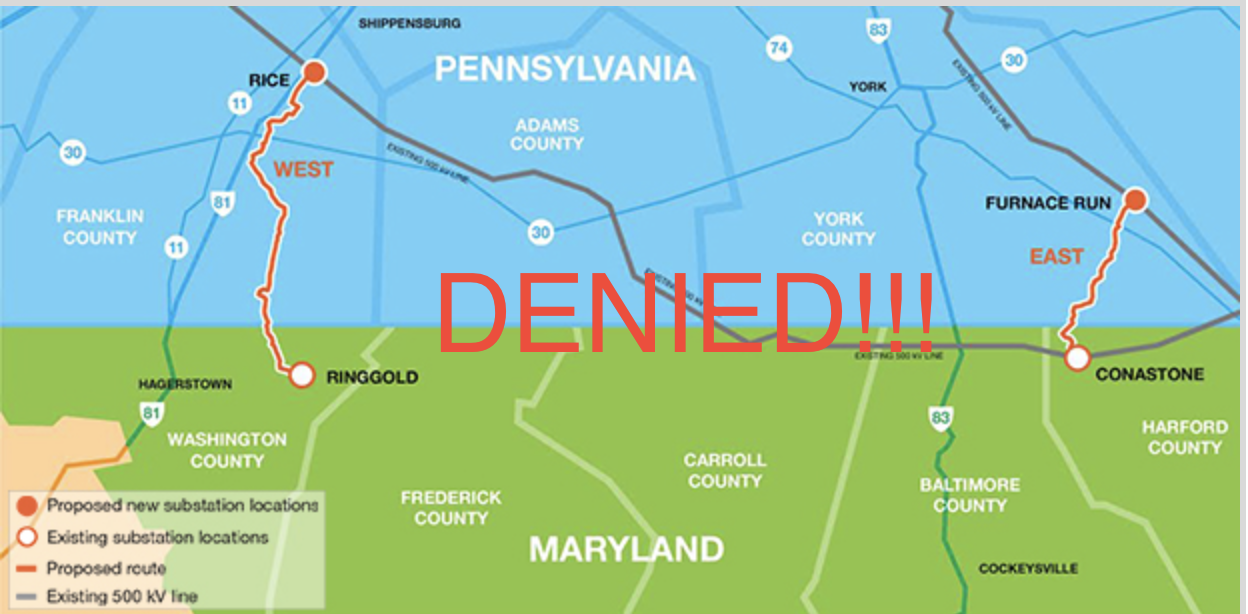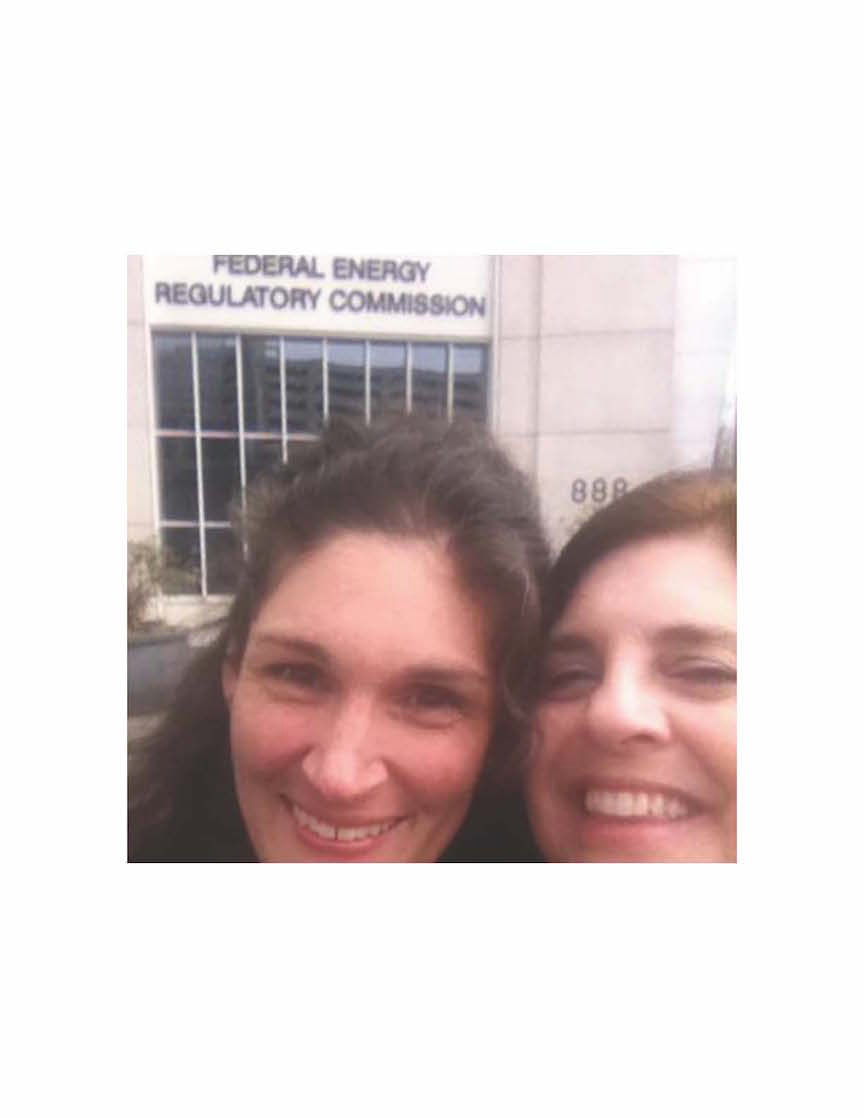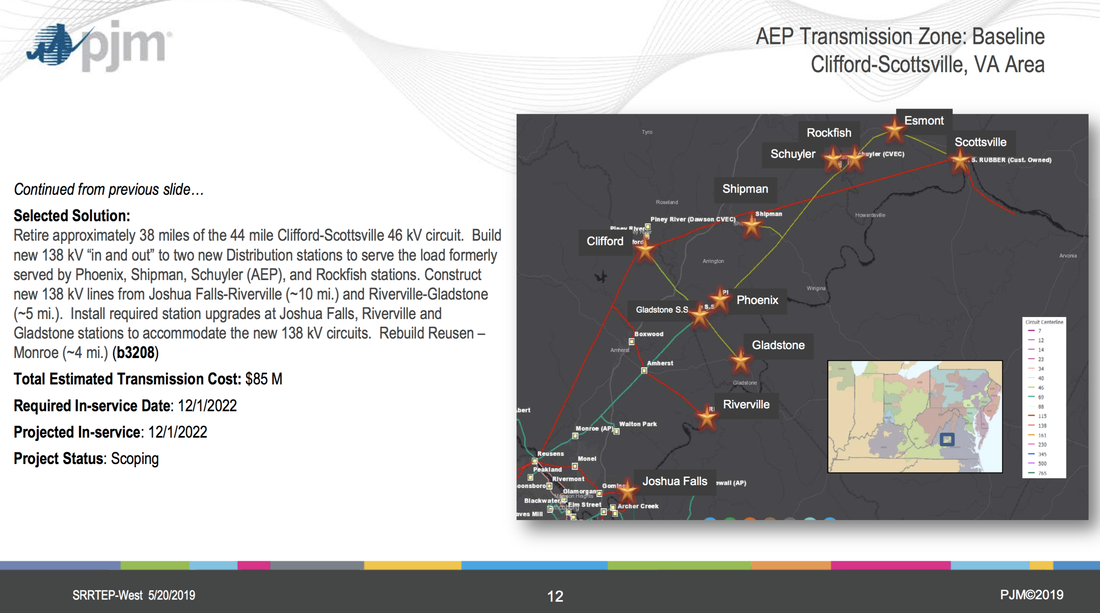The RD [Recommended Decision] confuses federal and state roles by attempting to overturn PJM’s transmission planning role as approved by FERC. It is undisputed that states retain jurisdiction over transmission siting and construction issues. However, FERC has exclusive jurisdiction over interstate transmission planning and has approved PJM’s role as outlined in its tariff. FERC held in Order 1000 that the regional planning requirements, including transmission planning to address market efficiency considerations, were being adopted pursuant to FERC’s rate jurisdiction under Section 206 of the Federal Power Act. The Federal Power Act preempts state jurisdiction over the wholesale rates of electricity in interstate commerce.
Does Transource really expect the PA PUC to roll over and make itself irrelevant? If states were obligated to accept the RTO's determination of "need", it upends the entire world of state authority to permit transmission projects. Most states have statutory requirements to determine (for themselves!) whether a transmission project is needed. Sure, they can consider what the RTO says about need, but they have to make their own determination based upon state law. Transource purports that the state's "need" criteria are satisfied by simply accepting what PJM says. However, PJM's planning and "need" determinations are not subject to Pennsylvania law.
FERC has jurisdiction over interstate transmission RATES. That means the rates transmission projects approved by states may charge to customers. FERC also has jurisdiction over the actions of the RTO, and can require that they plan transmission. And that's where FERC's jurisdiction stops. FERC simply cannot permit transmission projects. That's a job for the individual states. Only a state may issue a permit for a transmission project.
If the PA PUC accepts Transource's assertion that it may not reject a transmission project approved by PJM, it sets a dangerous precedent whereby states would be rubber-stamping yes men who abrogate their authority over transmission to the federal government. Why would any state ever do this? No one ever willingly relinquishes their power.
Transource also gets all wadded up over the Judge's independent evaluation of the evidence presented and determination of the facts. It's up to the judge to determine the facts from the evidence presented. Only the judge can determine which pieces of evidence have greater weight. However, Transource insists that its evidence is the ONLY evidence worth evaluating and therefore the judge must accept Transource's evidence as superior to all other evidence and simply agree with Transource's purported facts. Judges are fact finders. It's what they do. They determine the facts based on the evidence, and then apply the law to the facts in order to make a judgement. That's exactly what ALJ Barnes did in the Transource case. She simply did not believe everything Transource said, when compared to conflicting evidence from other parties.
For instance, Transource's expert testified that transmission lines do not interfere with GPS systems used to guide farmers. Transource's expert is not a farmer. He's never driven a GPS-guided piece of farm equipment underneath a transmission line. However, actual farmers who have driven GPS-guided farm equipment underneath transmission lines testified that there is interference. The judge weighed these two pieces of conflicting evidence and decided to take the word of the person who actually has experience farming underneath existing transmission lines. Transource nearly had a conniption over that. How could the judge accept the testimony of a lay person over its expert? Don't believe your lying eyes!
It hasn't been lost on me that the judge is a woman. It obviously isn't lost on Transource, either. The tone of Transource's exceptions brief crosses the line into the realm of mansplaining. What's mansplaining?
to explain something to a woman in a condescending way that assumes she has no knowledge about the topic
Excuse me... but this is an experienced Administrative Law Judge. She didn't get where she is today by being a silly wallflower. She understands transmission perfectly well, she just didn't agree with Transource. She wasn't intimidated by PJM's complicated explanations about why this transmission project is needed. Maybe the RTO's overly-complicated evidence and testimony is designed to confuse judges with an ego? The judge is cast into the role of the silly townsfolk in the transmission version of The Emperor's New Clothes. Does the judge side with the transmission company because she doesn't understand and wants to avoid looking dumb? Or does she point her finger and declare the transmission company naked (and full of crap)?
Up next... other parties may file replies to Transource's exceptions. Then the Commissioners review everything and make their decision.







 RSS Feed
RSS Feed